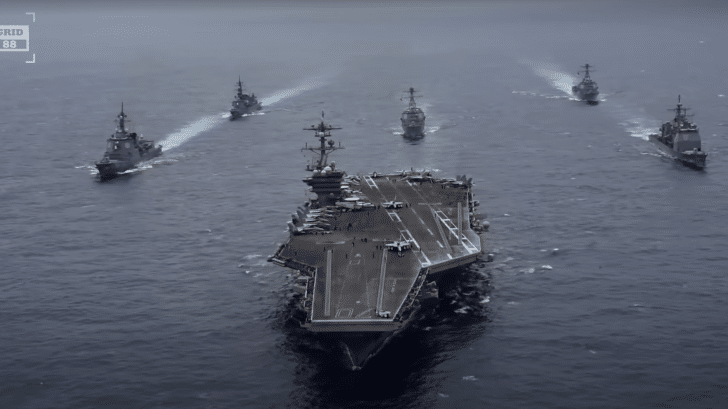The carrier strike group is a highly flexible naval force operating anywhere in the world in all weather conditions. Which brings us to the next question – How does a Carrier Strike Group work?
Primary Role
The main role of the group is to project power. Meanwhile, escort ships and submarines are primarily responsible for the defense and support of the aircraft carrier.
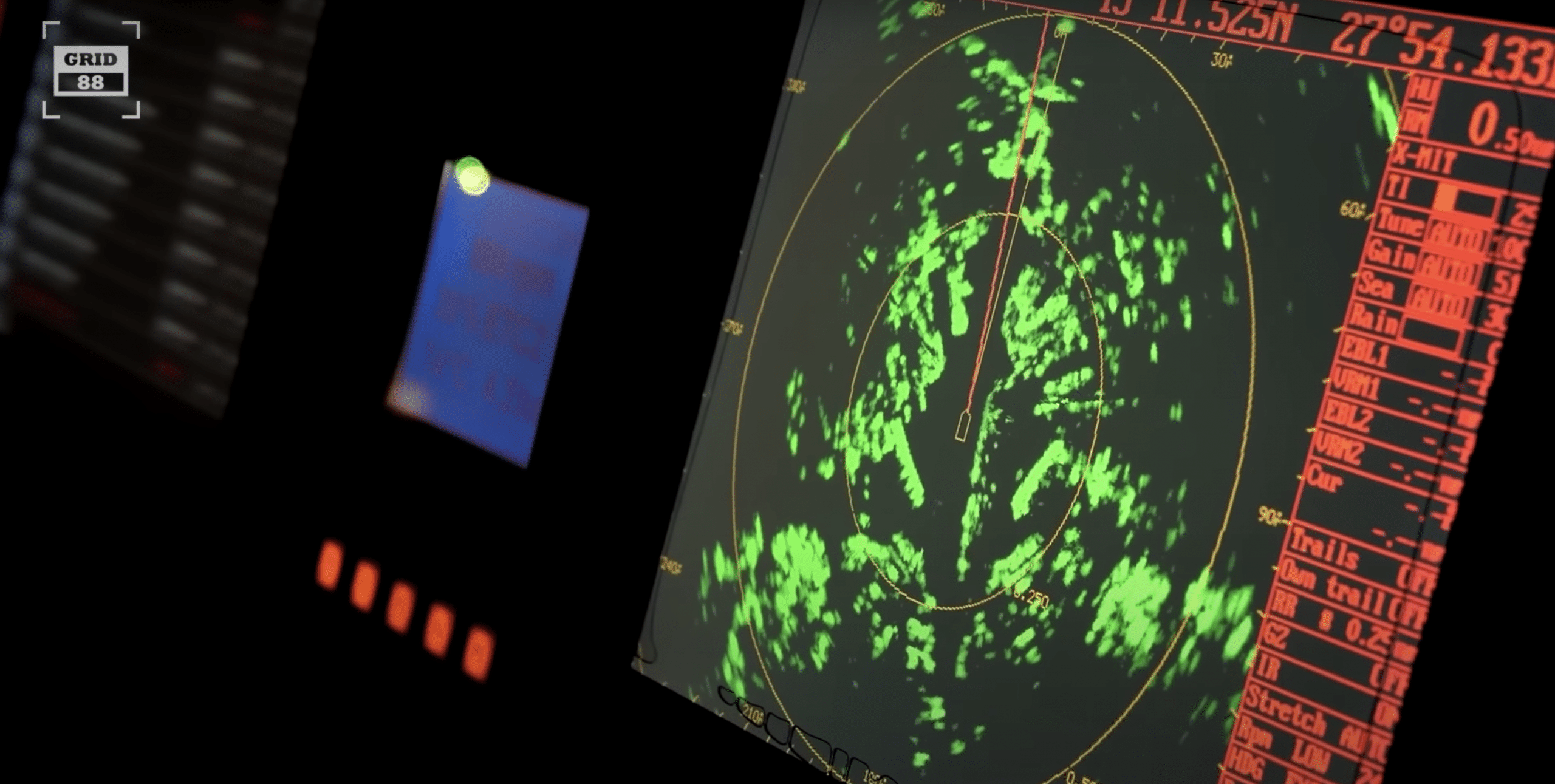
This, however, doesn’t mean they’re the only ones responsible for defense. The carrier’s air wing can help defend through combat air patrols as well as airborne antisubmarine missions.
CSGs Aren’t Restricted To A Composition
They can be modified depending on the roles or missions. Thus, the composition of the two strike groups may differ.
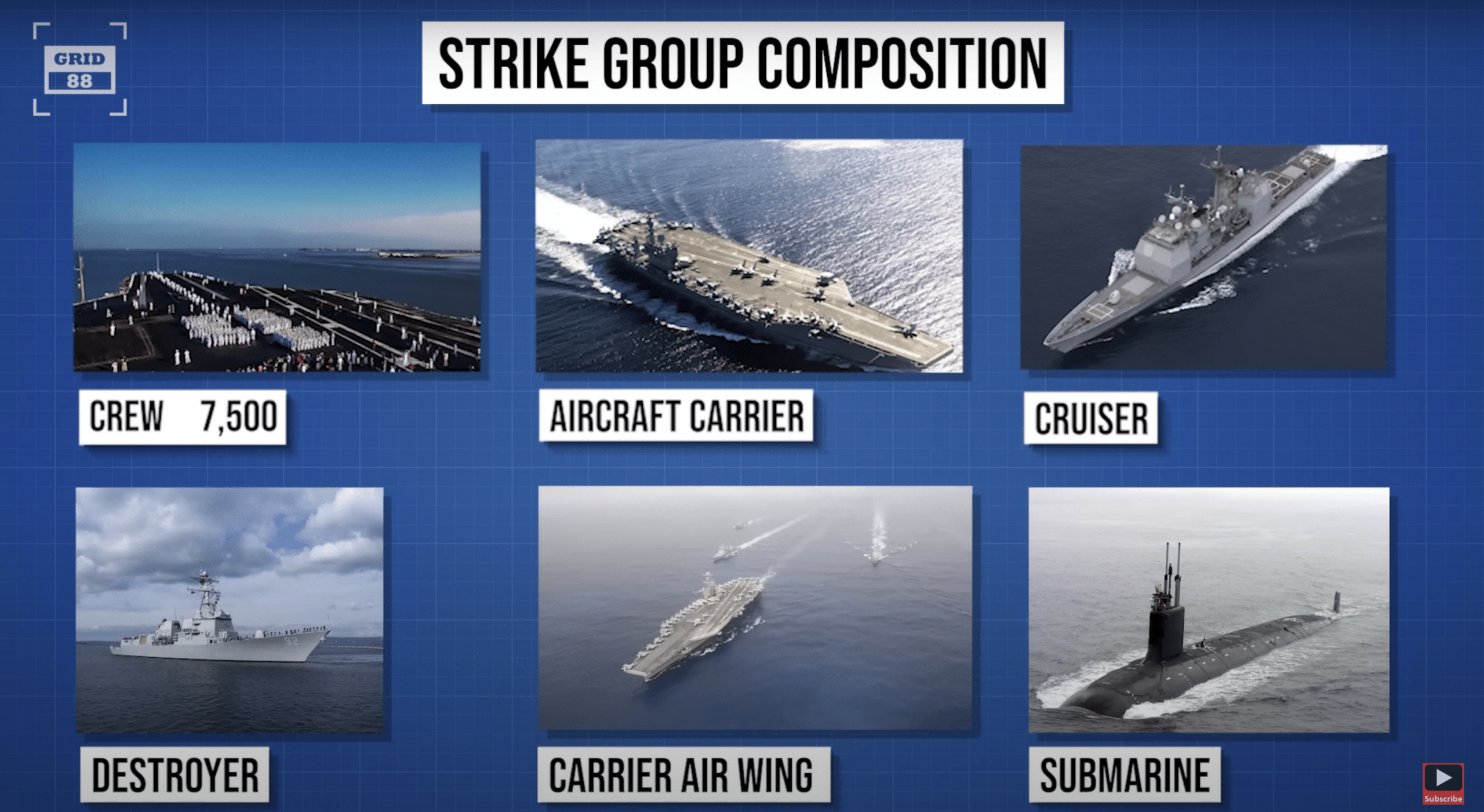
The usual formation consists of 7,500 crew, an aircraft carrier, 1 cruiser, 2 destroyers, a carrier air wing, submarines, and several supply ships.
Enemies Have 4 Threat Classes
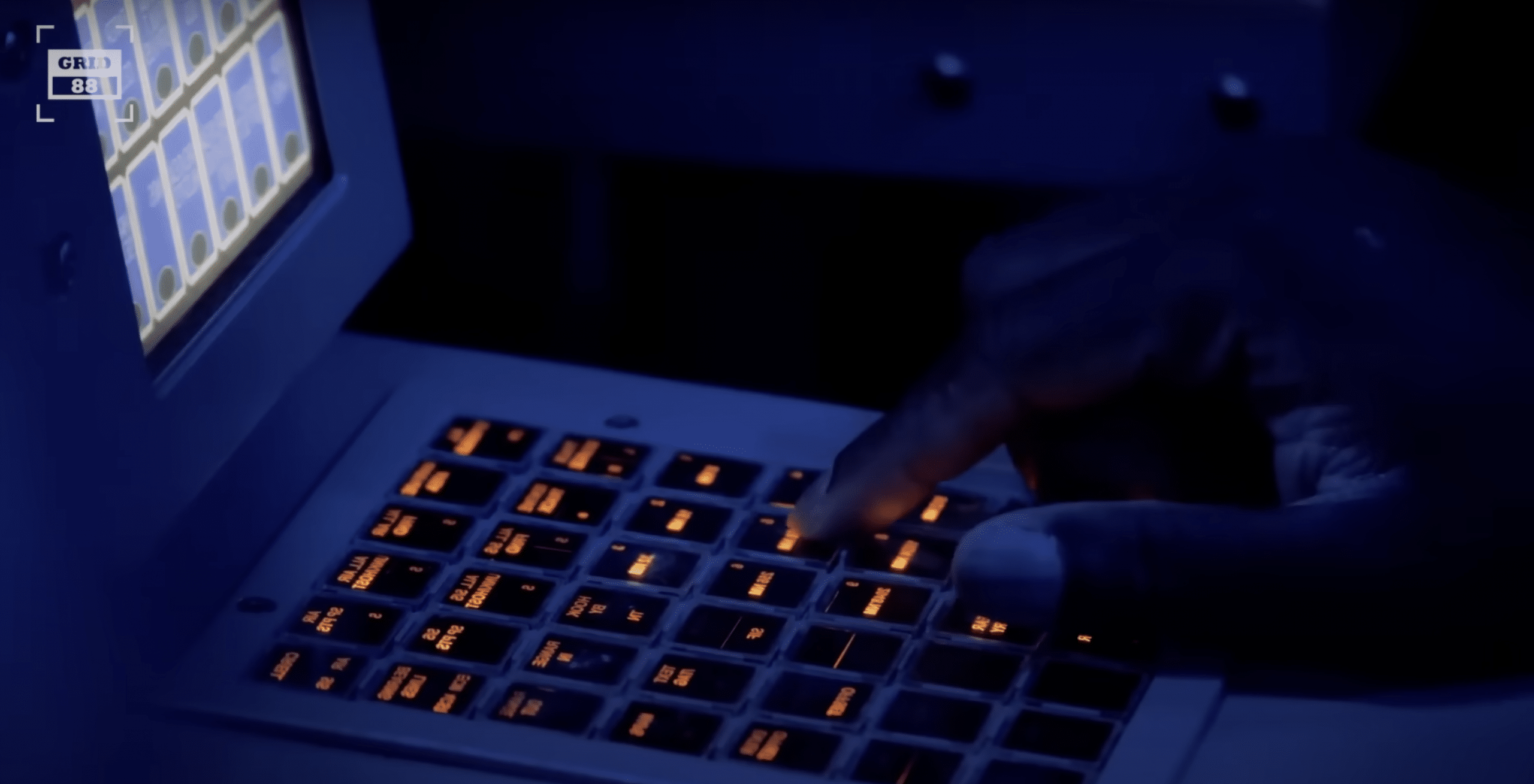
Class A Threat requires a forceful and immediate response. Meanwhile, Class B threat requires action but doesn’t threaten the mission, and Class C detects significant threats far away that can be engaged by either destroying or avoiding them.
Finally, Class D is a target that is not a threat and its destruction doesn’t aid the assigned mission.
Naval Strategy
Once the threat is categorized, the fleet is positioned towards the threat axis – the direction where an enemy attack is expected.
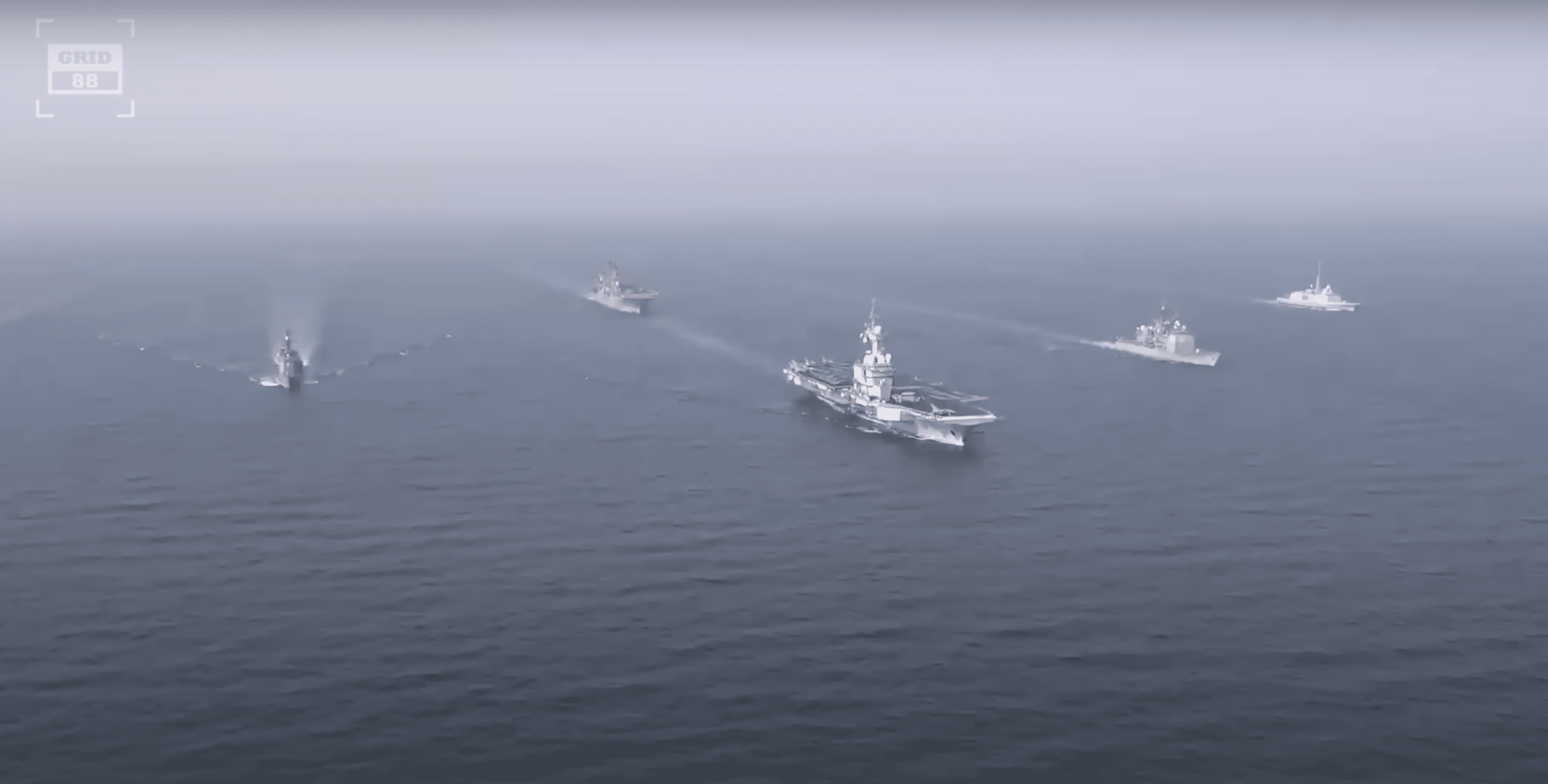
It consists of a standard formation that has several layers of defense in place to protect the aircraft carrier.
Tactics
The enemy can strike from 600 nautical miles away, a massive area to scout. Thus, electronic warfare platforms are deployed to mislead the enemy.
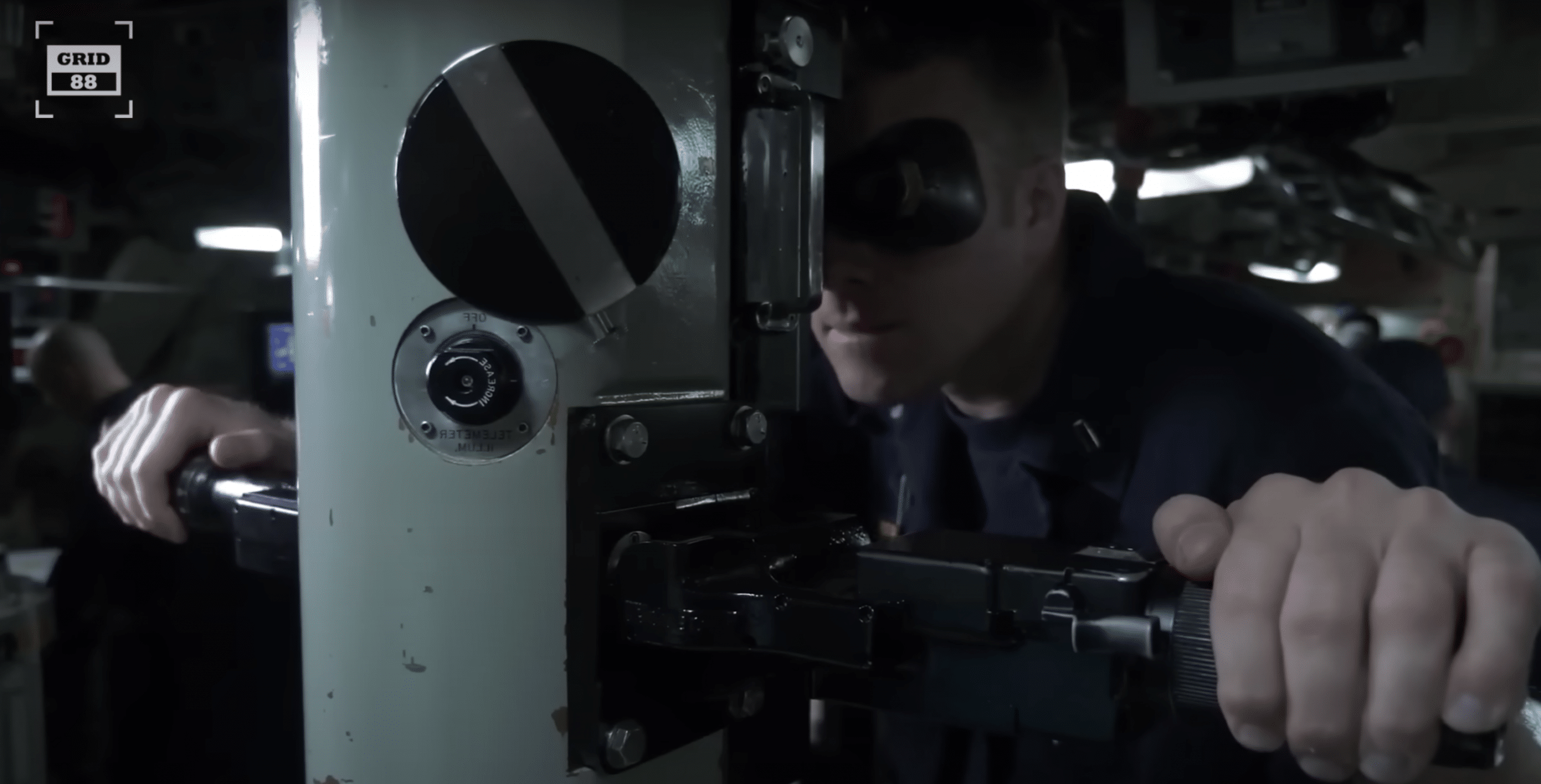
Since hostile, stealthy submarines are one of the biggest threats to a strike group, a combination of escort ships, aircraft, and submarines are deployed to counter-detect and destroy enemy subs. This is called the anti-submarine warfare triad.


